| Name | Schroeder Vulsellum Forceps |
| Lead Time | 0-3 days |
| Competitor | ;EO150R;GL1000;VM573401;VM57-3401;505240;505-240;305595;30-5595;524625;52-4625;MDS7051424;5246-25;EO151R;GL1020;505241;505-241;524635;52-4635;5246-35;5246-25_5246-35; |
| Specialty | Obstetrics & Gynecology-Forceps |
| Material Finish | Stainless Steel |
| Grade | Premium Operating Room |
| Units of Measurement | Each |
| Manufacturer | Qari Surgical |
| Sterility | Non-Sterile |
| Usage | Reusable |
Schroeder Vulsellum Forceps
2×2 prongs, 10.0 mm wide, 10″ (25.0 cm) Schroeder Vulsellum Forceps feature 2X2 inward pointed prongs to grip the uterus during surgical procedures. The forceps also feature ring handles for a comfortable and secure grip. They are available straight or curved on flat to accommodate a range of cases.
Description
Reviews (0)
Be the first to review “Schroeder Vulsellum Forceps” Cancel reply
Related products
Blumenthal Ovum Forceps
SKU:
QS-01-1328
slightly curved, concave tip, 20.0 mm jaw, coarse teeth, 13" (33.0 cm) Blumenthal Ovum Forceps are ideal in the removal of placental tissue or other products of conception from the uterus to prevent infections. The hollow blades are slightly curved with coarse teeth on the jaws to firmly grasp the tissue to be removed. The concave tip is designed to prevent grasping the fundus of the uterus.
Green-Armytage Uterine Forceps
SKU:
QS-01-1347
8-3/4" (22.0 cm) Green-Armytage Uterine Forceps are designed to grasp and clamp tissue in the uterus for removal or mobilization. The forceps feature locking ring handles and widened blades with grooves to provide a firm grip on the tissue. The forceps are available straight or angled to accommodate a wide range of cases.
Demartel Scalp/Flap Grasping Forceps
SKU:
QS-01-1339
5-1/2" (14.0 cm) Demartel Scalp/Flap Grasping Forceps are commonly used to aid in the delivery of a newborn by grasping scalp of the child with the smooth, flattened blades of the forceps. The blades feature diagonal grooves and two teeth to firmly grasp the scalp. The ring handles allow the obstetrician to comfortably and easily perform the procedure.
Elliot Obstetrical Forceps
SKU:
QS-01-1341
Elliot Obstetrical Forceps are commonly used to aid the mother in childbirth. The elongated, curved cephalic blades have an opening and are designed to grasp the child's head close to the pelvis. The handle is grooved for the obstetrician to allow a firm grip on the instrument while in use. Available in various lengths to accommodate a wide range of cases.
Barton Obstetrical Forceps
SKU:
QS-01-1323
14" (35.5 cm) Barton Obstetrical Forceps are commonly used to aid in the delivery process when the fetal head is in the high transverse position, commonly seen during a cesarean delivery. The forceps feature a fixed posterior cephalic blade and a hinged anterior blade to firmly grasp the fetal head once locked. The blades are fenestrated to allow palpation by the surgeon and to provide minimal discomfort to the child's head.
Barrett Tenaculum Forceps
SKU:
QS-01-1322
Corey (Collin) Ovum Forceps
SKU:
QS-01-1334
9-1/2" (24.0 cm)Corey (Collin) Ovum Forceps are commonly used in procedures involving the removal of placental or fetal tissue from the uterus. The forceps feature hollow oval jaws to grasp a large amount of tissue to be removed. Made of premium grade German stainless steel for durability and easy sterilization.
Clark Forceps
SKU:
QS-01-1332



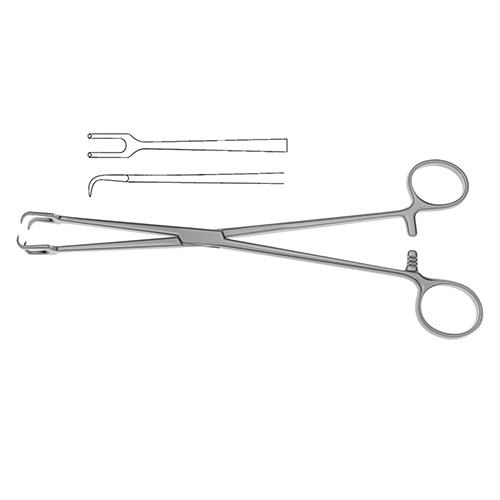
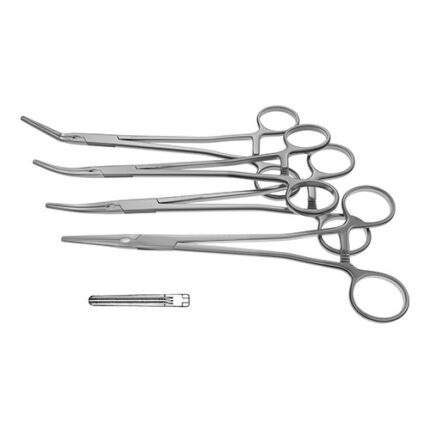
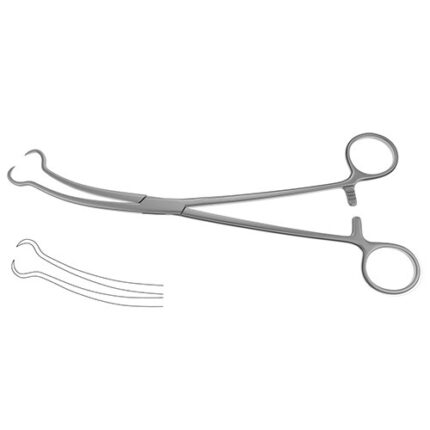
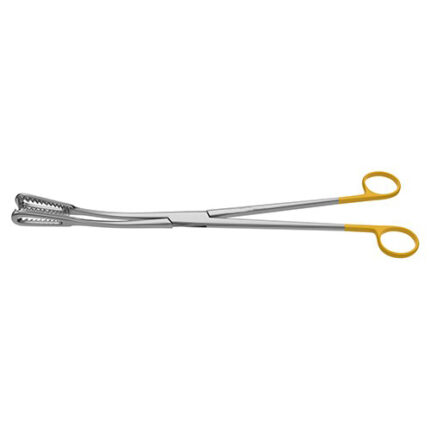
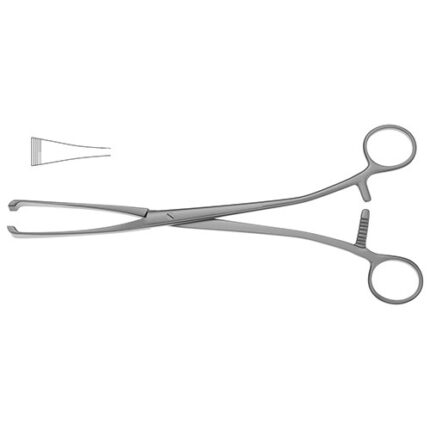
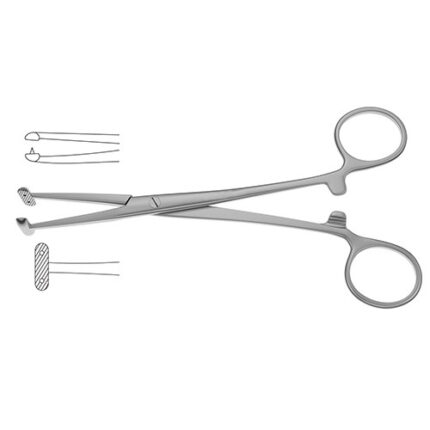
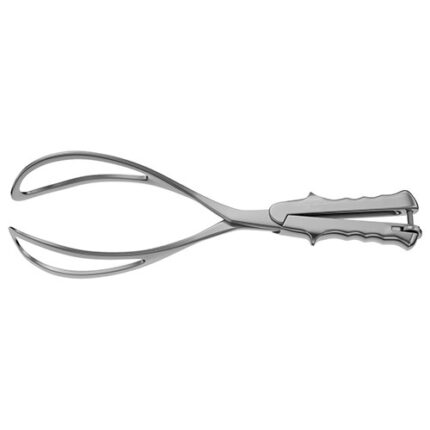


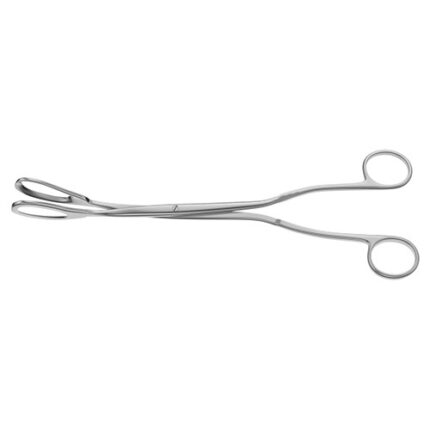
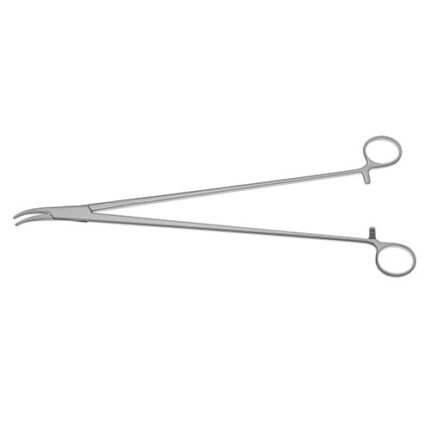

Reviews
There are no reviews yet.